
This series of blogs on eschatology continues with the topic of Judgment Day. Eschatology is the study of the last things: death, resurrection, Judgment Day, and the eternal states of heaven or hell. This aspect of theology is very intriguing since we all want to know what will happen at the end of our life.
After Jesus returns to earth and the dead are resurrected, judgment will commence. Isaiah 24:21 says, “In that day the LORD will punish the powers in the heavens above and the kings on the earth below.” In other words, both the natural and supernatural realms will be subject to judgment, whether the inhabitants are demonic or human.
Judgment Day is a day when God decides who is worthy to be in His presence. Joel 3:14-16 says, “Multitudes, multitudes in the valley of decision! For the day of the LORD is near in the valley of decision. The sun and moon will be darkened, and the stars no longer shine. The LORD will roar from Zion and thunder from Jerusalem; the earth and the sky will tremble. But the LORD will be a refuge for his people, a stronghold for the people of Israel.” God’s holy and perfect character cannot abide sin in His eternal presence, but He provides a “refuge” for His people: Jesus Christ as Savior and Lord. Therefore, God’s Judgment Day decision is based on whether a person knew His Son as Savior or not.
In John 3:16-18 Jesus said, “‘For God so loved the world that he gave his one and only Son, that whoever believes in him shall not perish but have eternal life. For God did not send his Son into the world to condemn the world, but to save the world through him. Whoever believes in him is not condemned, but whoever does not believe stands condemned already because he has not believed in the name of God’s one and only Son.’” Therefore there are simply two groups of humans on the Last Day, but it is not the good and the bad.
No one is good because we are all sinful, as Romans 3:10-12 clearly points out: “There is no one righteous, not even one; there is no one who understands, no one who seeks God. All have turned away, they have together become worthless; there is no one who does good, not even one.” No, the two groups of people on Judgment Day are the saved and unsaved. Jesus portrayed that symbolically in His parable of the sheep and the goats.
Matthew 25:31-33 says, “When the Son of Man comes in his glory, and all the angels with him, he will sit on his throne in heavenly glory. All the nations will be gathered before him, and he will separate the people one from another as a shepherd separates the sheep from the goats. He will put the sheep on his right and the goats on his left.” The goats in the parable symbolize non-Christians, and the sheep symbolize Christians. The sheep will be separated from the goats because they are part the Good Shepherd’s flock. Jesus said in John 10:14-15, “‘I am the good shepherd; I know my sheep and my sheep know me…and I lay down my life for the sheep.’” The next blog will tell what happens to the “sheep and goats” in this parable.
Learn how to defend your Christian Faith
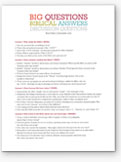
Big Questions Biblical Answers Supplemental Materials
by Brad Alles
- September 2022
- August 2022
- July 2022
- June 2022
- May 2022
- April 2022
- March 2022
- February 2022
- January 2022
- December 2021
- November 2021
- October 2021
- September 2021
- August 2021
- July 2021
- June 2021
- May 2021
- April 2021
- March 2021
- February 2021
- January 2021
- December 2020
- November 2020
- October 2020
- September 2020
- August 2020
- July 2020
- June 2020
- May 2020
- April 2020
- March 2020
- February 2020
- January 2020
- December 2019
- November 2019
- October 2019
- September 2019
- August 2019
- July 2019
- June 2019
- May 2019
- April 2019
- March 2019
- February 2019
- January 2019
- December 2018
- November 2018
- October 2018
- September 2018
- August 2018
- July 2018
- June 2018
- May 2018
- April 2018
- March 2018
- February 2018
- January 2018
- December 2017
- November 2017
- October 2017
- September 2017
- August 2017
- July 2017
- June 2017
- May 2017
- April 2017
- March 2017
- February 2017
- January 2017
- December 2016
- November 2016
- October 2016
- September 2016
- August 2016
- July 2016
- June 2016
- May 2016
- April 2016
- March 2016
- February 2016
- January 2016
- December 2015
- November 2015
- October 2015
- September 2015
- August 2015
- July 2015
- May 2015
- April 2015
- March 2015
- February 2015
- January 2015
- December 2014
- November 2014
- October 2014
- September 2014
- August 2014
- July 2014
- June 2014
- May 2014
- April 2014
- March 2014
- February 2014
- January 2014
- December 2013
- November 2013
- October 2013
- September 2013
- August 2013
- July 2013
- June 2013
- May 2013
- April 2013
- March 2013
- February 2013
- January 2013
- December 2012
- November 2012
- October 2012
- September 2012
- August 2012
- July 2012
- June 2012
- May 2012
- April 2012
- March 2012
- February 2012
- January 2012




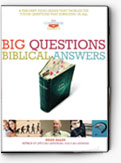
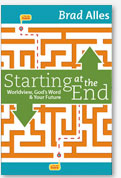
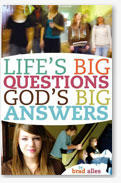
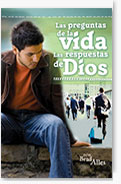
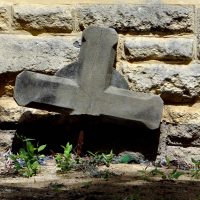



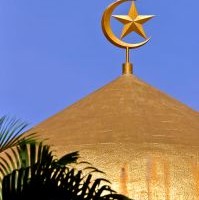

Comments are closed.